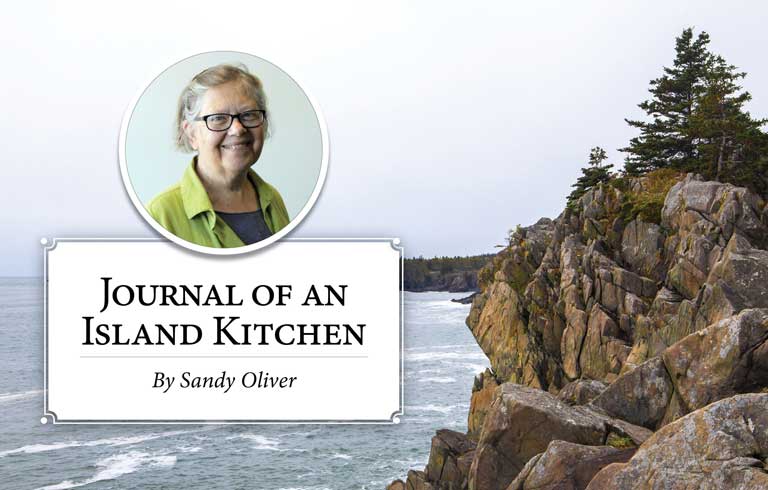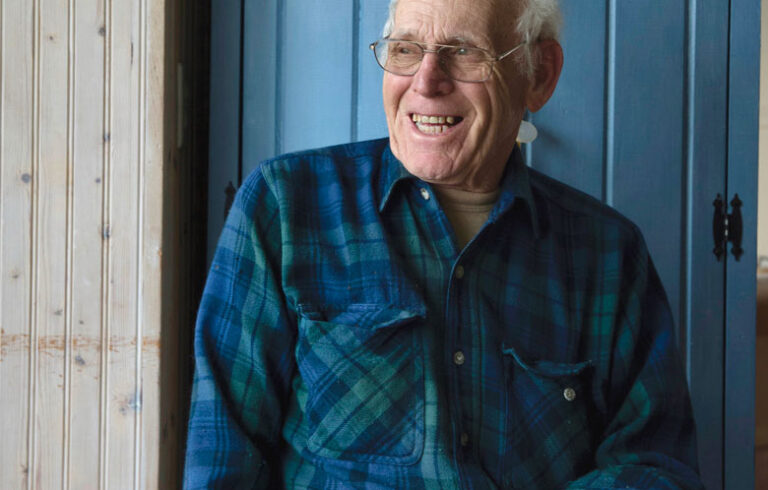On Feb. 2, many Americans look to Pennsylvania to see if the groundhog Punxsutawney Phil emerges to see his shadow or not. If he does, it means there are six more weeks of winter.
Folks, on Feb. 2, there will be six more weeks of winter no matter what. Some woodchuck blinking his eyes against the sun doesn’t change the length of time until spring arrives on March 20 this year.
Feb. 2 marks the halfway point between the winter solstice, Dec. 21, 2021, and the spring equinox on March 20, 2022. It’s one of the cross-quarters, or halfway points, between the solstice and equinox dates.
More to the point was the saying, “Half your wood, and half your hay, you should have by Candlemas Day…”
In early times, when agricultural people paid more attention to the movement of the sun than most of us do, cross-quarters were observed, and Feb. 2, or the pre-Christian Celtic Imbolc, was renamed Candlemas by the early Christian Church which was awfully good at oozing over ancient, sometimes pagan observances.
Traditionally, candles were blessed that day, which the church observed ceremonially as the time that the Virgin Mary, in obedience to Jewish law, went to the temple in Jerusalem both to be purified 40 days after the birth of Jesus, and to present him to God as her firstborn.
An old verse runs: “Down with the rosemary, and also, Down with the bays and mistletoe; Down with the holly, ivy, all, Wherewith ye dress’d the Christmas Hall.”
To make sure people cleaned up their Christmas mess, a superstition was bandied about that goblins infested decorations left up after Candlemas eve. Around here, Christmas greens are most likely to be infested not by goblins but tiny spiders who ride in on firewood and dusty dead needles, faded and dreary by early February.
More to the point was the saying, “Half your wood, and half your hay, you should have by Candlemas Day. Half the winter has passed away, we’ll eat our supper by the light of day.” Of great concern to practical farmers and home keepers was having enough to get through the rest of the winter.
In Maine, you jolly well better have more than half because winter is longer here. At our house, heating season doesn’t kick in until halfway through October or even November, but May and even early June can be bone-chilling, especially on islands surrounded by winter-cooled water, slow to warm until mid-summer.
Sometimes the Christian Lent, a time people used to fast, becoming fish eaters, or else an early version of vegans, begins in February, this year in mid-March. Lent always looked to me like a strategy of extending winter supplies, too, particularly meat and dairy. With any luck, people would have blown out the meat supply during Christmas feasts, or in America at Thanksgiving. Then, too, in early days, dairy animals needed their milk to feed spring-born calves and lambs.
Changes to modern animal husbandry and industrial food processing means we’ve lost those ancient astrological connections and lurch around ignorant of seasonality in our diets. And besides lots of people, following their New Year resolutions, start their fasting in January, calling it a diet, or “eating healthy.”
At any event, by Candlemas, though, we can often tell whether there is enough for winter or not. And so, Candlemas is my third favorite holiday after Thanksgiving and Christmas because it is the time to share your winter surplus with someone who needs a bit more to get through to first harvests.
Friends and I used to gather for a potluck dinner that day to which I challenged everyone to bring island-origin only food. We ate splendid meals. Sometimes we’d observe sharing surplus. Potatoes, birdseed, canned pickles, and fruits qualified. What fun to swap around. The practice builds community. Charming!
Instead of woodchuck-watching on Candlemas, I’ll see how much asparagus and rhubarb I have in the freezer, because it will be a mere three to four months or so before I’ll tuck into the fresh-from-the-garden supply of those delectables. I’ll weigh the remaining potatoes and apples and maybe foist some off on friends who don’t have any.
And I’ll vacuum clean the house to make sure no stray evergreen needles, poinsettia, or holly leaves lurk, because…why take chances?
Sandy Oliver is a food historian who writes, gardens, and cooks on Islesboro. She may be reached at SandyOliver47@gmail.com.





